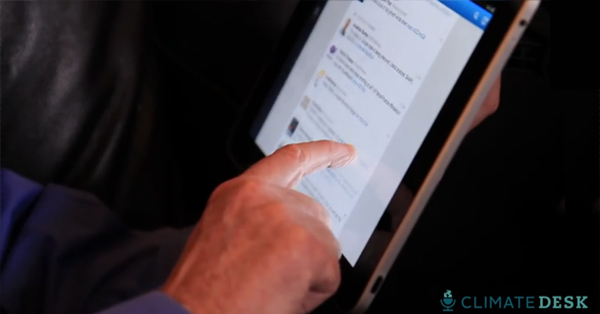
Climate Desk presents an interesting exploration of internet trolls and their impact on perception.
For those unfamiliar with Climate Desk, according to their website,
The Climate Desk is a journalistic collaboration dedicated to exploring the impact—human, environmental, economic, political—of a changing climate. The partners are The Atlantic, Center for Investigative Reporting, The Guardian, Grist, The Huffington Post, Mother Jones, Slate, and Wired.
As reported by Climate Desk on their YouTube presentation:
Internet researchers at George Mason University recently found that when it comes to online commenting, throwing bombs gets more attention than being nice, and makes readers double down on their preexisting beliefs. What’s more, trolls create a false sense that a topic is more controversial than it really is.
Witness the overwhelming consensus on climate change amongst scientists—97 percent agreement that global warming is real, and caused by humans. But that doesn’t settle the question for Twitter addict and Climate Desk perennial thorn-in-the-side Hoyt Connell.
We first encountered Hoyt, or as we know him, @hoytc55, several months ago on our Twitter page, taking us to task for our climate coverage. And the screed hasn’t stopped since: In April alone, Hoyt mentioned us on Twitter some 126 times, almost as much as our top nine other followers combined.
So we did the only thing we knew how to do: track him down, meet him face to face… and ask a few questions of our own.
Watch Episode One of their three-part series Meet the Trolls: Trollus Maximus, below:

You must be logged in to post a comment Login